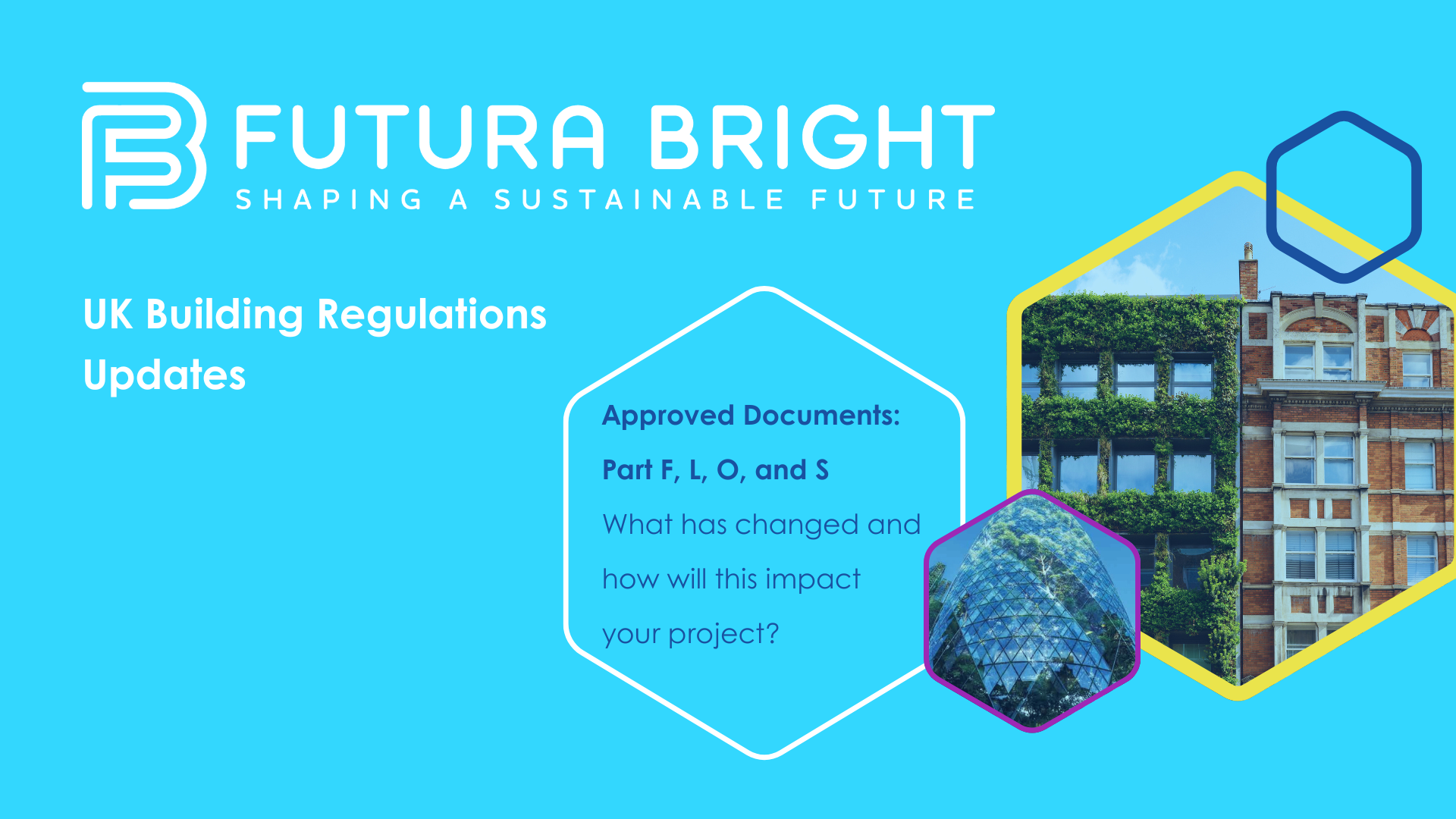Maximising Natural Light: Understanding Daylight, Sunlight, and Overshadowing in Building Design
In the pursuit of creating healthy, sustainable, and visually appealing built environments, architects and designers are increasingly prioritising the integration of natural light into their projects.
Daylight, sunlight, and overshadowing play crucial roles in shaping the quality of indoor and outdoor spaces, influencing everything from occupant comfort and well-being to energy efficiency and architectural aesthetics. Let’s delve into these concepts to understand their significance in building design.
Daylight: Illuminating Indoor Spaces
Daylight refers to the natural light that enters a building through windows, skylights, or other openings, illuminating interior spaces. Beyond its practical function of providing illumination, daylight has profound impacts on human health, productivity, and mood. Exposure to natural light has been linked to improved concentration, enhanced circadian rhythms, and reduced symptoms of Seasonal Affective Disorder (SAD).
In architectural design, maximising daylight penetration is key to creating inviting, visually stimulating interiors. Strategies such as orienting buildings to optimise solar exposure, incorporating large windows and glazed facades, and using reflective surfaces to distribute light can help harness the benefits of daylighting while minimising the need for artificial lighting.
Sunlight: Harnessing Solar Energy
Sunlight, specifically direct sunlight, plays a dual role in building design: it provides natural illumination and serves as a renewable energy source through solar gain. By strategically positioning windows, solar panels, and shading devices, architects can harness sunlight to optimise both daylighting and energy performance.
Sunlight analysis tools allow designers to predict and visualise the path of the sun throughout the day and across seasons, informing decisions about building orientation, window placement, and shading strategies. By balancing the desire for ample natural light with the need to mitigate solar heat gain, architects can create comfortable, energy-efficient spaces that benefit both occupants and the environment.
Overshadowing: Balancing Light and Shade
While maximising natural light is desirable, it’s essential to consider the potential for overshadowing, where adjacent buildings or landscape features block sunlight from reaching certain areas. Overshadowing can have significant implications for building design, affecting everything from daylight availability to solar panel performance.
Through careful site analysis and planning, architects can minimise overshadowing by optimising building massing, height, and orientation. Techniques such as setback and step-backs, building setbacks, and the strategic placement of taller buildings can help mitigate overshadowing effects while preserving access to natural light and views.
Daylight, sunlight, and overshadowing are integral considerations in architectural design, influencing the quality, functionality, and sustainability of built environments. By harnessing the power of natural light, architects can create spaces that promote well-being, enhance visual comfort, and minimise reliance on artificial lighting and mechanical heating and cooling systems.
As stewards of sustainable design, architects have a responsibility to prioritise daylighting strategies that optimise energy performance, enhance occupant comfort, and foster connections to the natural environment. By integrating daylight, sunlight, and overshadowing considerations into their design processes, architects can unlock the full potential of natural light to create buildings that are both aesthetically pleasing and environmentally responsible.
